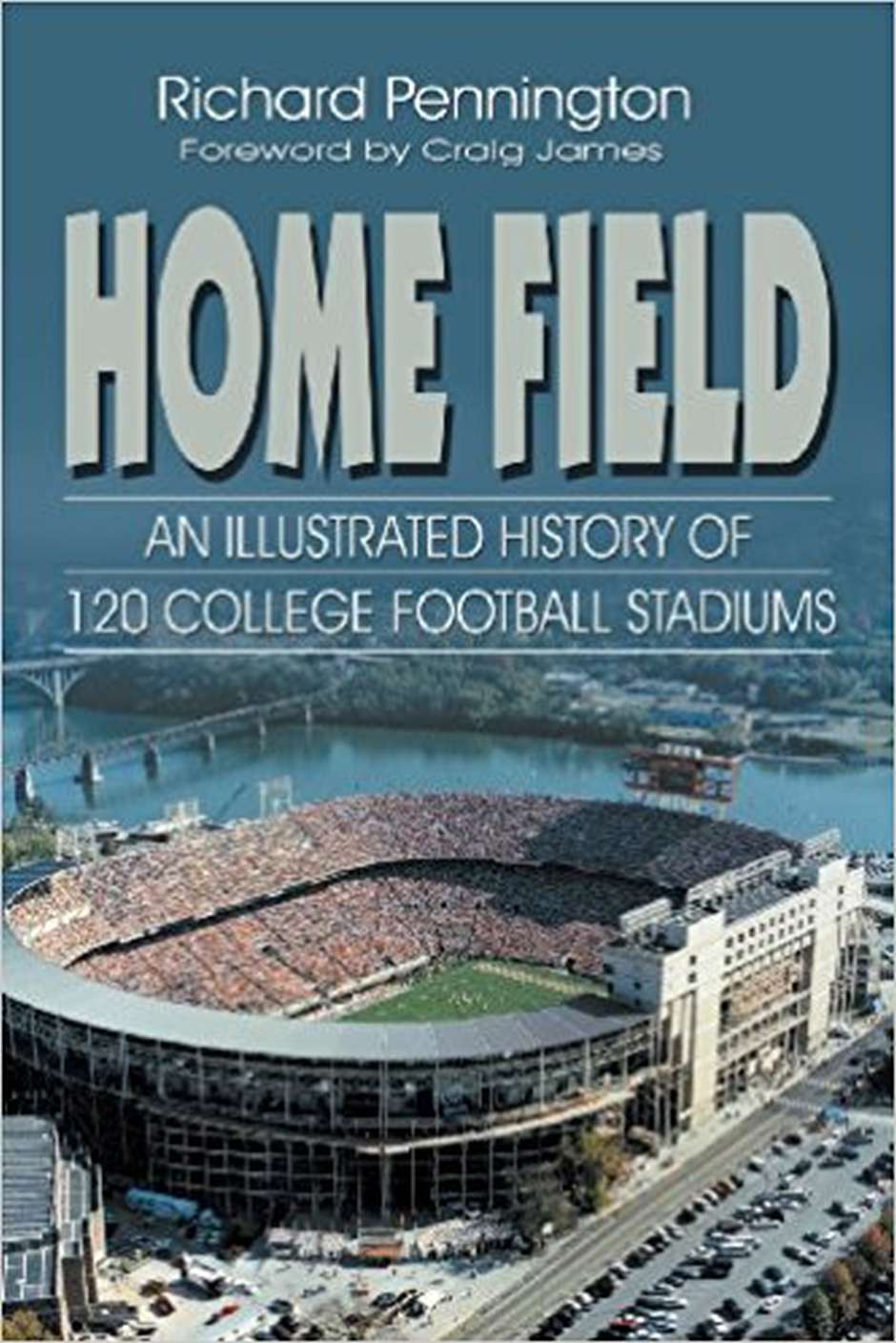Description
Ten years earlier, I had been engrossed in the history of UT’s Memorial Stadium. I learned what it had meant not only to the athletic program but to the university as a whole. During the research process for that book, I learned about other schools’ stadiums and saw they had their own stories to tell. If only to provide context in “For Texas, I Will,” I gathered information from elsewhere. In fact, the process started back in the 1970s when I first visited other college towns (Lexington, Boulder, Lubbock, Baton Rouge, Columbus, Grambling, Ann Arbor, Knoxville, Palo Alto, Durham, Fayetteville, Oxford and El Paso) and made sure to see where their teams played (Commonwealth Stadium, Folsom Field, Jones SBC Stadium, Tiger Stadium, Ohio Stadium, Robinson Stadium, Michigan Stadium, Neyland Stadium, Stanford Stadium, Wade Stadium, Reynolds Razorback Stadium, Vaught-Hemingway Stadium and the Sun Bowl, respectively).
I found these facilities and the history behind them not just interesting but compelling. They serve the twin purposes of great social gatherings and spirited athletic competition, and I dare say no pro stadium compares to these most revered of America’s playing fields. In the NFL, only the Chicago Bears’ Soldier Field, the Green Bay Packers’ Lambeau Field and possibly the New Orleans Saints’ Louisiana Superdome can be seen as having a history worth examining. There is nothing like walking into a college football stadium on a Saturday afternoon; this is hallowed ground to many alumni.
Ed Eakin of Eakin Press agreed to my proposal to write a book about 120 college football stadiums, arranged in chronological order—from Harvard Stadium (1903) to the University of Connecticut’s Rentschler Field (2003). What I sought to do was tell about the stadiums and their antecedents, and how they had evolved over the years, weaving in the schools’ football history in the process. Each of them had a story, sometimes many stories, worth telling. You want examples? When Michigan Stadium was being built in 1927, a subterranean spring caused a crane to sink, and it remains below ground to this day. Wake Forest, Buffalo and Hawaii formerly played football at stadiums that doubled as stock car racetracks. A trio of inebriated pranksters set fire to the artificial turf at the University of Illinois’ Memorial Stadium in the middle of the 1989 season. Well-heeled fans dock their boats at a lake near the University of Washington’s Husky Stadium and walk to the games. Six college stadiums still in use were built during the Great Depression by the WPA.
This book took a couple of years to write. I needed cooperation from the sports information directors at 120 schools; predictably, some were eager to help and others were quite the opposite, hoarding their media guides and photographs. Mr. Eakin died before I finished my work, but his daughter took over the operation and honored every contract he had signed. Home Field, published in 2003, was a handsome book with an aerial photo of a jam-packed Neyland Stadium on game day, with the Vols’ familiar checkerboard patterns in the end zones.


Reviews
There are no reviews yet.